

| Andrej Blinov.Loanwords in the Press Language of the Arab State of Magriba (Based on Newspapers Published in Tunisia, Algeria and Morocco) | |
|
The article reviews the peculiarities of loanwords in Standard Arabic of Maghreb on the basis of Tunisian, Algerian and Moroccan newspaper materials. The research held by the author shows that most loanwords described in the paper are typical only of Maghreb region and result from the influence of French language upon them. |
|
| Anna Valiakhmetova. The Borrowed Nouns Denoting Internet Objects: Variation of the Government | |
|
Linguists, studying borrowed words, concentrate on sociolinguistic problems and the process of the foreign words adaptation. However, their syntactical features are usually left unconsidered. The present paper deals with the government of the borrowed nouns denoting Internet objects: ñàéò ‘site’, ôîðóì ‘forum’, äîìåí ‘domain’ and ðåñóðñ ‘resource’. |
|
| Ketevan Gadilia. Indefinite Article in Old Georgian | |
|
Indefinite Article in Old Georgian Traditionally the investigations of the category of definiteness/indefiniteness in Old Georgian language deal mainly with the definite article but not with the indefinite article erti («one»). In fact the indefinite article erti is as an important element of Old Georgian discourse. The paper demonstrates the significance of the indefinite marker in Old Georgian and revises the idea of foreign language (Greek) influence on the increase/decrease of the category of definiteness and indefiniteness. The paper suggests the prospects of typological and areal commonalities in the world’s languages, in particular — in the Old Georgian language. The paper also deals with the role of Bible translations in setting the chronological framework of the category of definiteness and indefiniteness in Old Georgian. |
|
| Natalia Zevakhina. Syntactic and Pragmatic-Semantic Criteria for Exclamative Sentences in a Cross-Linguistic Perspective | |
|
The paper investigates various syntactic and pragmatic-semantic criteria for exclamative sentences discovered cross-linguistically. It is suggested to formulate three main approaches: (i) exclamative sentences in the Speech Act Theory; (ii) factive-presuppositional approach; and (iii) degree approach. Each approach adequately describes data of the languages they were proposed for. However, they fail to interpret data collected in other languages. Therefore, the paper distinguishes between universal criteria for exclamative sentences and parameters of their cross-linguistic variation. |
|
| Grigorij Kreidlin, Svetlana Pereverzeva. Corporeal Sounds: Basic Oppositions | |
|
The work is a part of series of researches concerning the semiotic conceptualization of the human body and other somatic objects. The semiotic conceptualization is a fundamental notion of these researches as it reflects how different somatic objects are represented in two sign codes of oral communication, i.e. the verbal code (the Russian language) and the nonverbal one (the Russian body language). One significant physical feature of somatic objects is singled out and described. It is the ability of some objects to produce sounds of special sorts and/or to serve as the environment where these sounds spread out. Twelve oppositions based on the set of corporeal sounds are presented, which form the foundation for various semantic classifications of the sounds. |
|
| Yurij Lander. On Approaches to Polysynthesis | |
|
This paper is a survey of various approaches to the definition of polysynthetic languages. It is argued that most criteria proposed in literature are either not sufficiently clear or do not work properly. Presumably the most promising approach is based on accepting the idea that polysynthetic languages do not constitute a homogeneous class and allow variation in features generally associated with polysynthesis. |
|
| Ksenia Rakova, Oksana Ryadinskaya. Peculiarities of Idioms in Modern English Ñompound-Ñomplex Sentences | |
|
The article discusses the functioning of idioms in multiple compoundcomplex sentences of Modern English. The paper studies syntactic distribution of idioms in different types of multiple compound-complex sentences with their specific sequence of constituents and syntactic ties. |
|
| Sophia Semenova. On some Linguistic Peculiarities of the Memorial Family Chronicles | |
|
The paper is concerned with the genre of the family chronicles that are being written by the author since her mother’s death. The main aim of the memoirs is to describe the last third of the life gone, since 1978 (the year of grandmother’s death) up to 2004. The genre peculiarities of the texts are characterized according to the basis of the early corpora (1978-1982), namely, monologue features, indirect addressing, empathy in nominalization, temporal shifts from the moment described to the final circumstances. A file of the family discourse units pronounced during mother’s lifetime has been formed by memory as well. Some types of the domestic dialogues from the file contrasting with the texts of the chronicles in their ontological mode are presented. |
|
| Nina Sumbatova. Predicative Markers in Dargwa | |
|
The article describes the morphology and syntax of predicative markers and their combinations in the Nakh-Daghestanian language of Dargwa. Predicative markers are elements that are functionally close to auxiliary verbs used in European languages. In Dargwa, their morphology and syntax are different from those of the verbs. The paper also discusses the role of predicative markers in expression on the information structure and illocutionary force of Dargwa sentences. In particular, it is shown that functioning of predicative markers opposes declarations and questions, on the one hand, to wishes and orders, on the other. |
|
| Liudmila Fedorova. Towards the Typology of Writing Systems | |
|
The paper reviews the basic classifications of writing systems. Some descriptions of the systems are elaborated based on the type of phonography, linear/non-linear types of writing and some other characteristics. A generalized typological scheme is proposed. |
|
| Mark Kit. On Application of Text Redundancy for Improvement of Translation Process Efficiency | |
|
Translation of texts can be made less labor-consuming and more consistent through the use of text segments redundancy. This paper discusses studies of statistical distributions in texts of informational/technical nature. Statistical analysis conducted on large sets of heterogeneous documents revealed patterns in the distributions of texts volumes and redundancies. Internal and external redundancies in texts are described. Options for application of text redundancies are suggested. |
|
| Sergej Likhachev. Ways to Reinforce Verbal Impact on Recipients of Inscriptions | |
|
The article is devoted to the communicative language study of socially useful inscriptions. The study investigates methods for influencing the recipient to perform actions desired by the inscription author. Classification of methods for verbal persuasion of the recipient is proposed. The paper presents conclusions on potential social implications of the inscriptions that use various methods of persuasion. |
|
| Oxana Voloshina. Some Basic Features of the language Weltbild in Sanskrit | |
|
The present article deals with the role of the Sanskrit lexicon in the reflection of Weltbild. The paper examines semantic fields in Sanskrit as a key to the history and culture of ancient India. Language is closely connected with thinking though is not identical with it. The analysis of some semantic fields (nouns whose denotata belongs to the sphere of the material world) made it possible to trace some tendencies, influencing the functioning of this part of the vocabulary (polysemantic character of words). Sanskrit words are highly metaphorical — this criteria is specific for the vocabulary of the archaic language. |
|
| Grigorij Kreidlin, George Shabat. Theorems as a Text: II. Cognitive Operations over Theorem Wording | |
|
The paper discusses certain cognitive operations over texts –specialization, designation, universalization and existentialization. They are applicable not only to theorem formulations but to the nonmathematical texts as well. Application of these operations results in a new meaningful texts. The paper aims at showing that the acquisition of these cognitive operations is essential for understanding of mathematical (and other) texts. These four operations have a common property: they are related either to the generalization of particular statements or to the concretization of general ones. The definitions are as follows: specialization — dropping the generality quantifier or the corresponding quantifier words; designation — dropping the existential quantifier or the corresponding quantifier words; universalization, or existential generalization — adding the generality quantifier ; existentialization, or existential generalization — (adding the existential quantifier ). |
|
| Elena Napolnova. Characteristic of Immobile Condition In Turkish language Weltbild | |
|
In terms of importance for the Turkish Weltbild, an object’s ability/inability to perform an independent action is regarded as its important characteristic. The article analyzes the use of the verb durmak (‘to be in a immobile condition’) in conjunction with linguistic means that correlate with it in relation with the three prime groups of objects, i.e., (1) motionless/non-movable, (2) self-moving, and (3) movable subjects. As for the verb semantics and in order to reflect the process-based character, Turkish language disregards conditions of transition from movement to immobility replacing them with such grammar forms as governing verbs, while creating special lexemes to specify this transition in the situations important in terms of practice and culture only. |
|
| Tatiana Kobzareva. An Outline of the Introductory Course in Semiotics Intended for Humanitarians other than Linguists | |
|
The article presents the basic component of the course «Semiotics» for students of humanities other than those majoring in linguistics. The course introduces the most important concepts and models of semiotics and shows their versatility and productivity for studies of semiotic systems in human culture. |
|
| Zoya Shaliapina. In Commemoration of Nikolai Alexandrovich Syromiatnikov (Towards the Scientist’s Centennial) | |
|
The paper gives an outline of the life story and research activities of the outstanding Russian japanologist N.A. Syromiatnikov whose centennial was on December 14, 2011. History and development of the Japanese language, Japanese phonetics and phonology, the grammatical structure of Japanese (from verbal categories to punctuation rules), and Japanese-Russian lexicography are noted as the areas where he made his most valuable contribution. |
|
| Andrej Vaniukov. Asinine Metamorphoses: The Prehistory of Apuleius’ and Lucianus’ Plot. An Illustrated Review of «Ancient Asinaria: The History of a Plot» by O.L. Levinskaya | |
|
O.L. Levinskaya investigates the prehistory of ancient plot, which includes human transformation into donkeys — this applies «Metamorphoses» by Apuleius in the first place. The novel’s plot relates to the story of mythological Circe, who turned men into animals. As the author supposes, this plot may be influenced by some ritual practices. An actor disguised as animal could be misunderstood as a victim of sorcery. Pieces of figurative arts (reliefs and frescoes) could work as tools of misinterpretation. The author uses concept of «imagery formula» — a scheme migrates from one people to another separately from the meaning of the initial work. | |
Editorial contacts:
Miusskaya sq. 6, building 2, Moscow, 125993, Russia,
Institute of Linguistics, RSUH
Mail to:
msk.ling.j@gmail.com